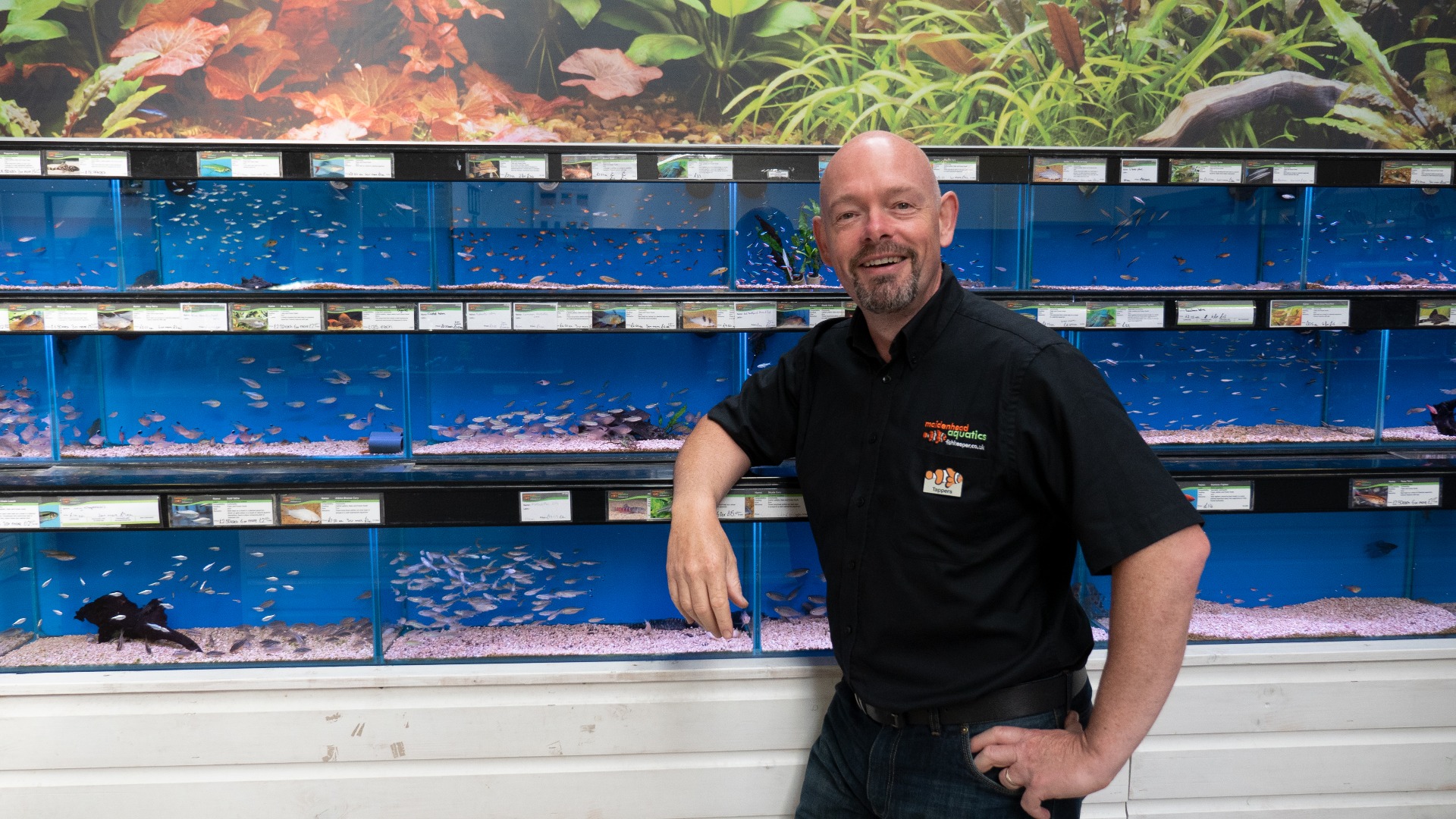Cookie Policy
We use cookies to help improve the experience you have on this site. You can find out more here.
We use cookies to help improve the experience you have on this site. You can find out more here.

On the face of it this is a simple subject but it does have some unforeseen effects. Starting with particle size, large grades of gravel have large void spaces that can trap a lot of solid waste. This means that they will need regular maintenance with a gravel-cleaning siphon to avoid problems such as a build-up of nitrates and phosphates. Heavier gravel is harder for fish to move (or swallow!) and can make very effective decor so don’t let this put you off. At the other extreme, sand and fine gravels are more likely to allow wastes to remain visible on the surface where it can be harder to ignore and again, siphoning is the answer. Aquatic plants are generally adapted to grow in anoxic mud and prefer fine substrates which also serve to keep any growing mediums isolated from the aquarium water.
Geology is another factor in choosing the right gravel and those containing limestone or coral can affect water quality. For this reason, soft water habitats where a low pH is desired, such as discus tanks, rely on selecting a lime-free gravel. Conversely, fishkeepers in soft water areas who keep hard water species such as Rift-lake or Central American cichlids may want to use coral or limestone gravels that help ensure the alkaline water that these fishes need.
For delivery before Christmas, orders must be placed on or before 3pm on Wednesday 20th December. We cannot guarantee delivery of these orders pre-Christmas as we are reliant on our couriers, but will use our best endeavours to get orders placed on this date out to you before Christmas. For full details of our festive delivery and opening times click here
Please note: online orders placed after 3pm on Friday 22nd December will not be dispatched until the New Year. For full details of our festive delivery and opening times click here